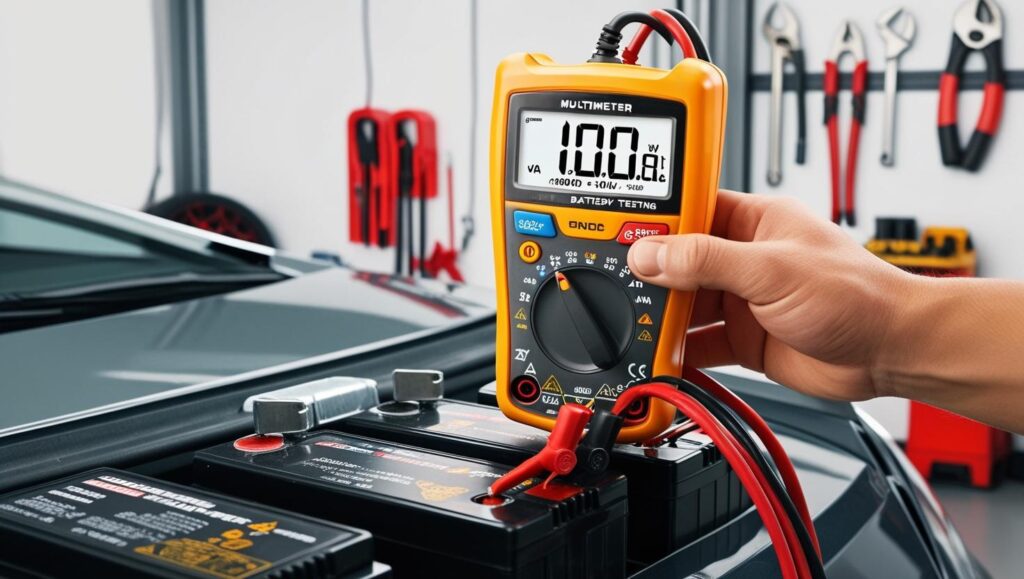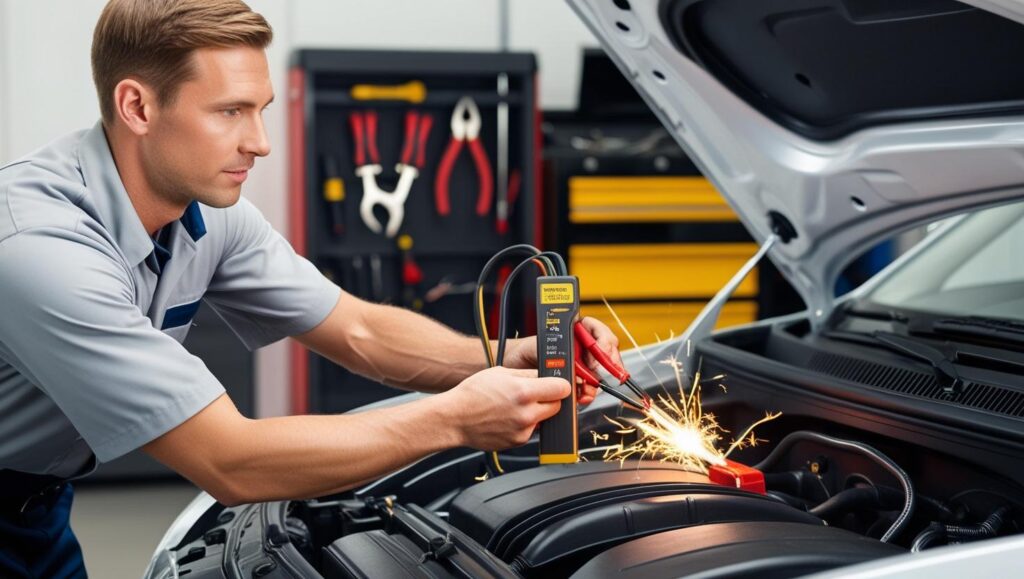Modern vehicles rely heavily on electrical systems to operate efficiently. From the battery to complex sensors, maintaining these components ensures optimal performance and prevents unexpected breakdowns. This guide covers essential automotive electrical repair tips to keep your car’s electrical system in top condition.
Understanding Your Car’s Electrical System
Your vehicle’s electrical system consists of three primary components: the battery, alternator, and starter. The battery provides initial power, the alternator charges the battery while the car runs, and the starter ignites the engine. Issues with any of these parts can lead to performance problems or failure to start.

Common Signs of Electrical Problems
Identifying electrical issues early can save you from costly repairs. Look out for these warning signs:
- Dim or flickering lights – This may indicate a weak battery, faulty alternator, or wiring issues.
- Slow or non-starting engine – A dead battery or failing starter can prevent your car from starting.
- Burning smell or smoke – Electrical short circuits can cause overheating and potential fire hazards.
- Unresponsive power windows or locks – This could be due to a blown fuse or faulty wiring.
- Dashboard warning lights – An illuminated battery or check engine light suggests an electrical issue.
Battery Maintenance: The Heart of Your Car’s Electrical System
A well-maintained battery is crucial for a reliable electrical system. Follow these tips:
- Regularly check battery voltage using a multimeter; it should read around 12.6V when fully charged.
- Clean corrosion from terminals with a mixture of baking soda and water.
- Ensure secure connections to prevent voltage drops and electrical failures.
- Replace an aging battery every 3-5 years, depending on usage and climate.

Checking and Replacing Fuses
Blown fuses are a common cause of electrical failures. If a component stops working, check the fuse box (usually located under the dashboard or hood). Use the following steps:
- Locate the fuse box and use the diagram to find the affected fuse.
- Pull out the fuse using a fuse puller or tweezers.
- Inspect for a broken wire inside the fuse.
- Replace with a fuse of the same amperage rating.
Maintaining the Alternator and Starter
Your alternator keeps the battery charged, while the starter ensures the engine turns over. Keep these parts in good condition by:
- Listening for grinding or whining noises, which indicate alternator wear.
- Checking for dim headlights or weak accessories, a sign of alternator failure.
- Testing the alternator output with a voltmeter (should read 13.5-14.5V when running).
- Cleaning and tightening starter connections to prevent weak ignition.
Diagnosing Wiring and Grounding Issues
Faulty wiring or poor grounding can disrupt the electrical system. Key steps include:
- Inspecting wires for cracks, burns, or exposed metal.
- Ensuring ground connections are clean and tight to prevent voltage drops.
- Using a circuit tester to locate broken connections.

Final Thoughts
Regular automotive electrical repair and maintenance prevent costly failures and ensure safe driving. By checking the battery, fuses, alternator, and wiring, you can extend your vehicle’s lifespan and avoid unexpected breakdowns. If issues persist, consulting a professional mechanic is the best course of action.